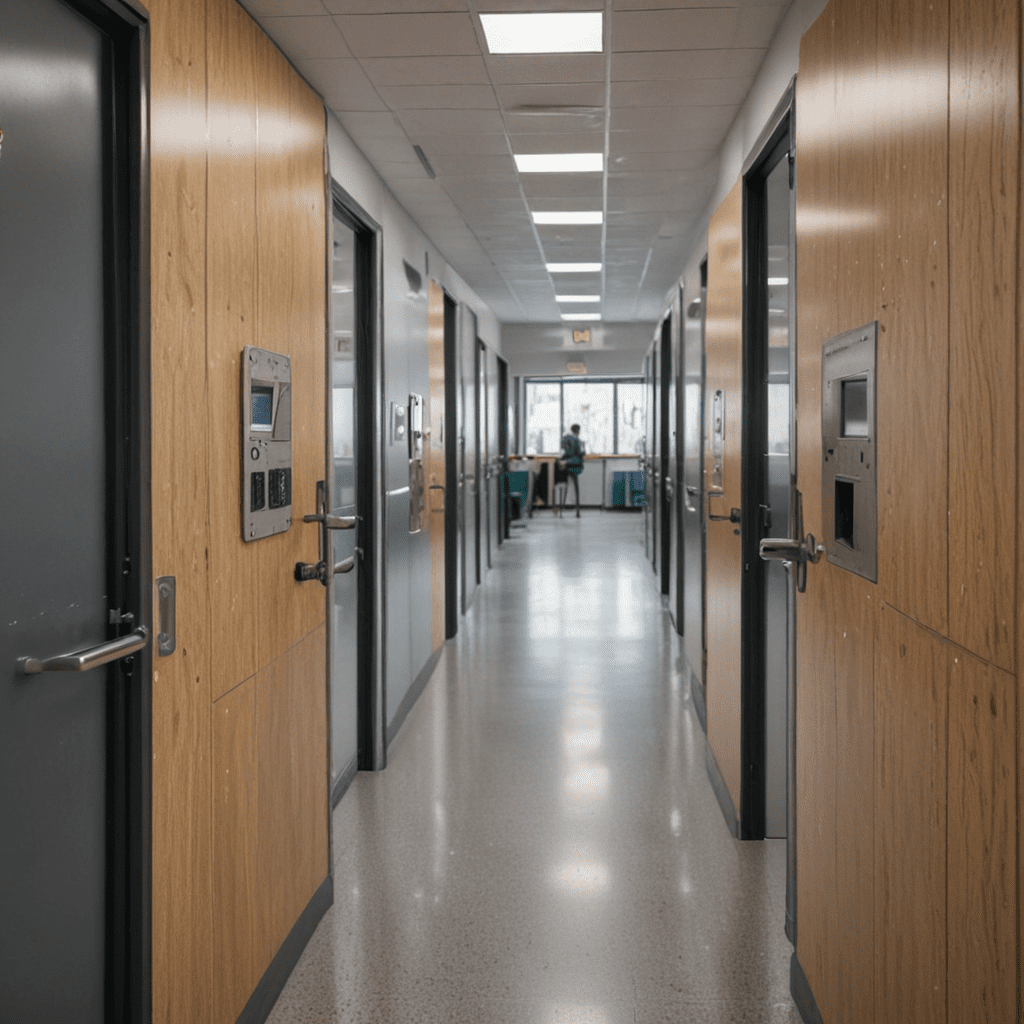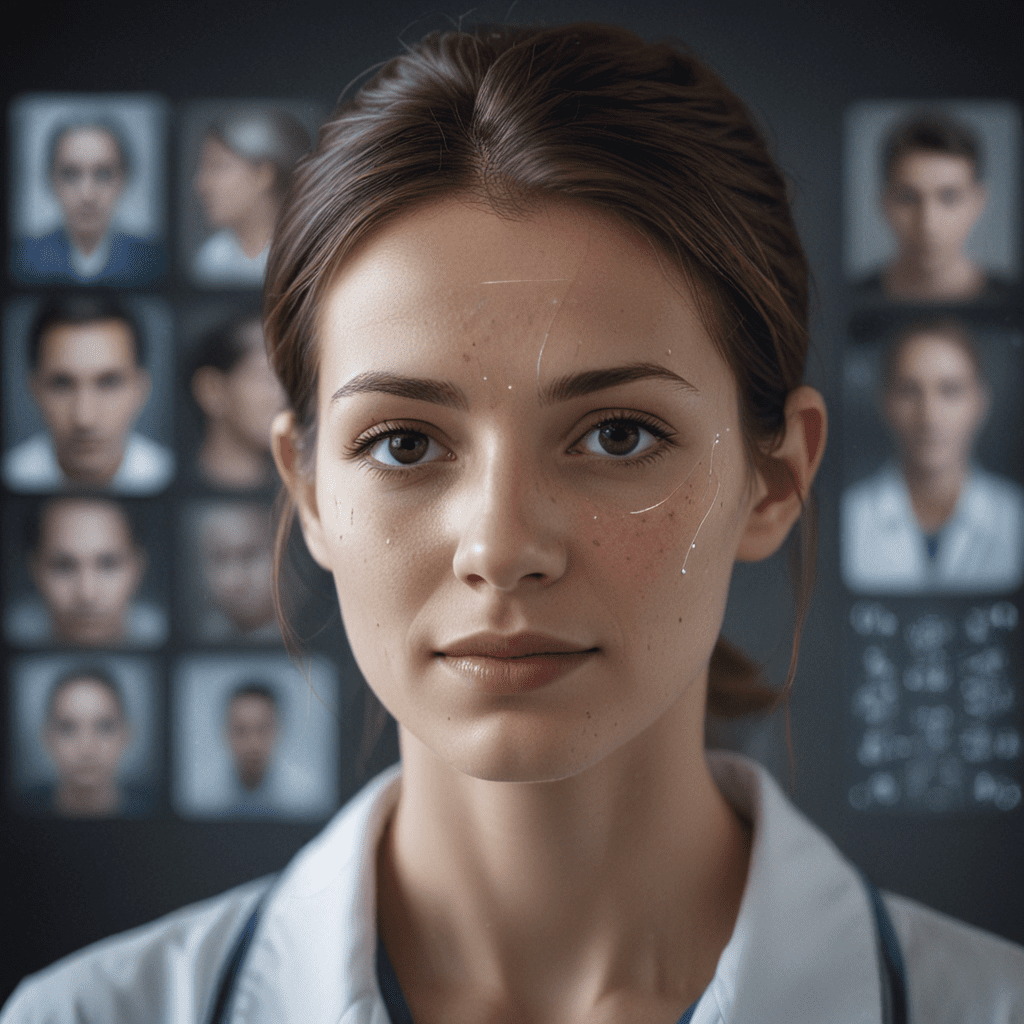1. Introduction
In the modern education landscape, ensuring student safety and security is paramount. Facial recognition technology has emerged as a sophisticated and efficient solution to enhance school access control, offering numerous benefits. This article delves into the advantages of facial recognition in education, exploring its impact on security, efficiency, and privacy considerations.
2. Benefits of Facial Recognition for School Access Control
2.1 Enhanced Security
Facial recognition systems provide unparalleled security by identifying individuals based on their unique facial features. This biometric technology prevents unauthorized access, reduces the risk of false entry, and enhances the overall safety of students and staff. Unlike traditional access control methods, facial recognition cannot be easily compromised or duplicated, eliminating the concern of lost or stolen keys or cards.
2.2 Reduced Contactless Entry
In the wake of the COVID-19 pandemic, contactless entry has become essential in minimizing the spread of germs. Facial recognition systems offer a touchless entry solution, eliminating the need for physical contact with door handles or keypads. This reduces the risk of contamination and promotes a healthier learning environment.
2.3 Improved Efficiency
Facial recognition significantly streamlines the school entry process, saving valuable time for students and staff. Unlike traditional methods that require card swiping or pin entry, facial recognition systems grant access swiftly and seamlessly. This increased efficiency allows students to focus on their studies rather than waiting in queues, and staff to dedicate more time to teaching and monitoring.
6. Training and Acceptance
Effective implementation of facial recognition in schools requires comprehensive training and acceptance among students, staff, and parents. Schools should clearly communicate the benefits and privacy safeguards of the system, addressing any concerns or misconceptions. Training sessions should demonstrate how the system works, emphasizing its efficiency and security features. By fostering a culture of trust and understanding, schools can ensure widespread acceptance and cooperation with the facial recognition system.
7. Monitoring and Evaluation
Regular monitoring and evaluation are crucial to ensure the ongoing effectiveness and security of the facial recognition system. Schools should establish clear metrics to track the system's performance, including accuracy, response time, and incident reporting. By continuously assessing the system's efficacy, schools can identify areas for improvement and make necessary adjustments to maintain optimal functionality.
8. Legal and Regulatory Compliance
Facial recognition technology must comply with all applicable laws and regulations, including data privacy, security, and civil rights. Schools should carefully review and adhere to guidelines issued by relevant authorities to ensure ethical and responsible use of the technology. This includes obtaining necessary consents, implementing robust data security measures, and providing individuals with clear information about how their biometric data is collected and used.
9. Future Trends and Innovations
Facial recognition technology is continuously evolving, with new advancements emerging to enhance its capabilities and applications. Schools can stay abreast of these trends and innovations by attending industry events, collaborating with technology providers, and exploring cutting-edge research. By embracing future advancements, schools can leverage facial recognition to further improve security, efficiency, and student engagement.
10. Conclusion
Facial recognition technology offers numerous advantages for school access control, enhancing security, reducing contactless entry, and improving efficiency. However, its implementation requires careful consideration of privacy and ethical concerns, as well as ongoing monitoring, evaluation, and compliance with relevant regulations. By addressing these aspects effectively, schools can harness the power of facial recognition to create a safer, more efficient, and modern learning environment.
FAQ
Q: Is facial recognition technology safe and secure?
A: Yes, facial recognition systems are highly secure, utilizing advanced algorithms to identify individuals based on their unique facial features. Unlike traditional access control methods, they cannot be easily compromised or duplicated.
Q: Does facial recognition violate student privacy?
A: While facial recognition collects biometric data, schools must implement robust data security measures and obtain necessary consents to ensure privacy protection. They should clearly communicate the system's purpose and usage to students, staff, and parents.
Q: How can schools effectively implement facial recognition technology?
A: Successful implementation requires careful planning, clear communication, and training for all stakeholders. Schools should consider their specific needs, conduct thorough research, and work closely with technology providers to ensure a seamless integration and widespread acceptance.



